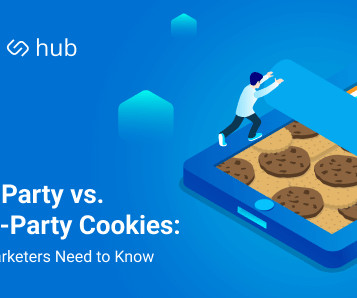First-Party vs. Third-Party Cookies: What Marketers Need to Know
Smart-Hub
APRIL 1, 2024
Even though many marketers still leverage third-party trackers for effective advertising, more and more browsers are blocking them by default or preparing to do so. Therefore, while first-party cookies are still widely used, advertisers need to find alternative ways to target their audiences. Yes (in most cases).











Let's personalize your content